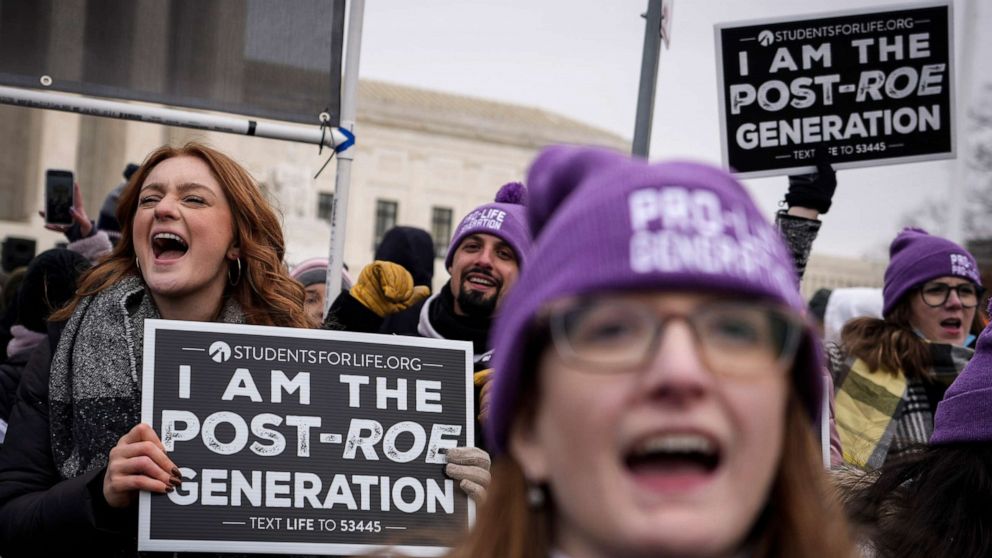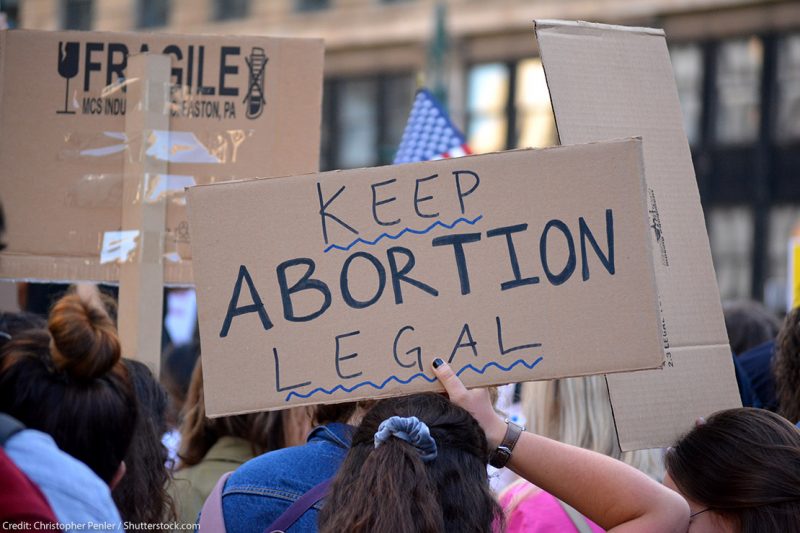Following the law’s implementation, the Texas Policy Evaluation Project discovered that roughly 1,400 Texans per month sought abortions in facilities in just seven nearby states.
That’s nearly the same number of Texans who sought abortion care outside of the state in 2017, 2018, or 2019.
Abigail Aiken, a lecturer at the University of Texas’ LBJ School of Public Affairs, found that after the law went into force, demand for abortion-inducing medicine from an international reproductive rights group quadrupled.
Texas approved a new legislation in 2021 making it unlawful to prescribe or deliver these prescriptions via telemedicine or the mail, but that hasn’t stopped more than 130 Texans every day from demanding them.

How to get an abortion in post-Roe America
The decision to allow telemedicine appointments has sparked outrage among conservative lawmakers.
Nineteen states, including Texas, have outlawed or restricted the use of telehealth for abortions, with nearly all abortions prohibited after six weeks.
Despite the prohibition, Texas women have been able to obtain abortion drugs via international non-profit organizations and online pharmacies.
Orders for the medications from the international non-profit Aid Access rose 1,180 percent in the first week after the Texas law went into effect, according to a research published in the Journal of the American Medical Association.
Aid Access offers online abortion pill consultations. The charity’s American doctors provide the tablets by post within a few days in places such as California, Idaho, New York, and Virginia.
European doctors write the prescriptions in the other US states, and the medicines are mailed from a reputable Indian pharmacy.

Because Aid Access is based outside the United States, and impeding mail is a federal crime, it claims it may deliver drugs to states with tight abortion laws. However, delivery may take three to four weeks.
There are options for avoiding the three-to-four-week wait for the abortion pill.
Women in Texas have driven over state borders to have their telemedicine appointments in their cars and medications delivered to a friend’s address in another state.
It is also not necessary for women to be pregnant before ordering the pills. Misoprostol has a three-year shelf life, while mifepristone has an 18-month shelf life.
If a woman is concerned about preserving control over her body, she can order the pills ahead of time and store them discreetly in a bathroom closet until she needs them.
A consultation with an Aid Access doctor, which includes the medicines, costs $150 (£119) in the United States and $110 in Europe.
If Roe v. Wade is repealed, however, abortion will become far more difficult to obtain outside of Texas.
According to the Guttmacher Institute, which studies reproductive rights, more than half of all states seek to prohibit or severely restrict abortion.
“And these states are not evenly dispersed,” said Liz Sepper, a law professor at the University of Texas in Austin. “At least in people’s home states in the South and Midwest, this would practically abolish abortion access.”
According to the Texas Policy Evaluation Project, over half of all Texans who left the state to get an abortion traveled to Oklahoma, which passed a total abortion ban last month that will take effect this summer.
Oklahoma became the second state this week to approve an abortion ban after Texas, which is enforced through private litigation.
If Roe v. Wade is reversed, more than a quarter of Texans are projected to go to New Mexico, which is expected to continue to provide essentially unrestricted abortion access.
Most of Texas’ population centers are a 10- to 12-hour trip from Las Cruces, the closest city with an abortion clinic.
Some of these people will seek help from crisis pregnancy centers, which are non-profit organizations that advise pregnant women against abortion.
Some offer counseling, job training, and baby things; others have been accused of misleading techniques in order to attract vulnerable people seeking abortion services.
After the new law went into force in September, early data indicated that the number of abortions in Texas had dropped by more than half.
But it’s become evident over time that pregnant Texans are still finding methods to get abortions, even if it means traveling large distances or breaking the law.
All of the facilities in Texas that were open when the law went into effect have continued to provide abortions up to the six-week mark. They’ve relied heavily on donations and have had to shift their focus in several cases.
Whole Woman’s Health has four locations in Texas and five others across the US. Following the passage of Texas’ law, the state of Minnesota established a clinic near the airport. Minnesota is projected to be a “haven state” for abortion if Roe v. Wade is reversed.
Be the first to write a comment.